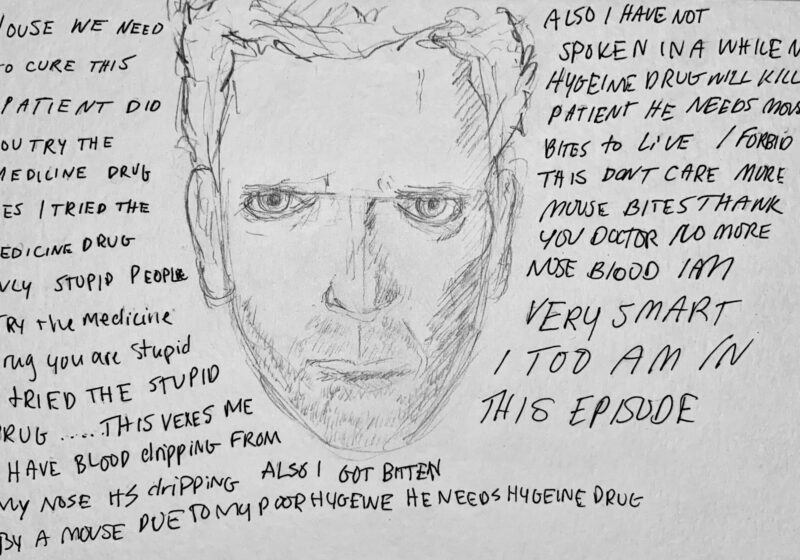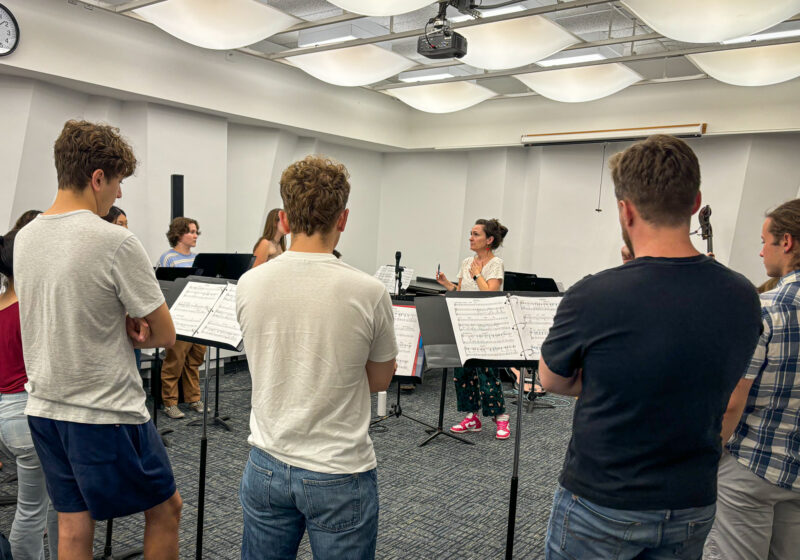In the weeks leading up to Tuesday’s election, there was lots of excitement about voter responsibility and education. Political organizations and councils held debates and panels, which allowed students to verse themselves on all of the different campaign issues. However, one major election aspect was missing from the River Campus – the actual organization to facilitate voter turnout.
In order to get students to vote, two things have to happen – students have to register and students have to get to the polling places. In past years these activities were coordinated by the UR the Vote campaign. The students behind UR the Vote, members of the now non-existent club Democracy Matters, spent endless hours planning, organizing and mobilizing students both to register and to vote, to the extent of club members actually driving voters to the polls in their own cars. Following the 2004 election, however, Democracy Matters died out, with no one wanting to continue to lead the organization.
But where was the UR the Vote campaign this year? While no one can deny that educating voters is important, or that students should take their own initiative to get to the polls, the existence of so many political groups on campus suggests that a voter mobilization effort could be easily coordinated.
College Democrats, College Republicans, Political Science Undergraduate Council, Black Students’ Union, even the Political Science department and the rest of the organizations that helped educate voters this year – their mere existence revolves around an individual’s right to vote. What’s the use of having all of the educational rallies if no one is going to step up to the plate and actually coordinate an effort to get students to the polls?
Neither the student organizations nor the University organizations like the Rochester Center for Community Leadership could organize an effective voter registration drive, and come election day, a bus that could loop ITS and drop students off at polling places. Any educated individual feels a civic responsibility to vote come Election Day. However, for students this is more difficult. Between problem sets and midterm exams it’s difficult to keep voting fresh in the minds of students. But, at the same time, by just simplifying the process – reminding students, providing them with information and transportation – that sense of responsibility is easily mustered.




